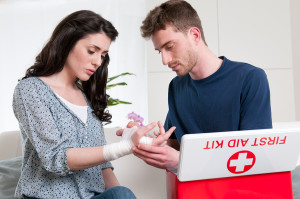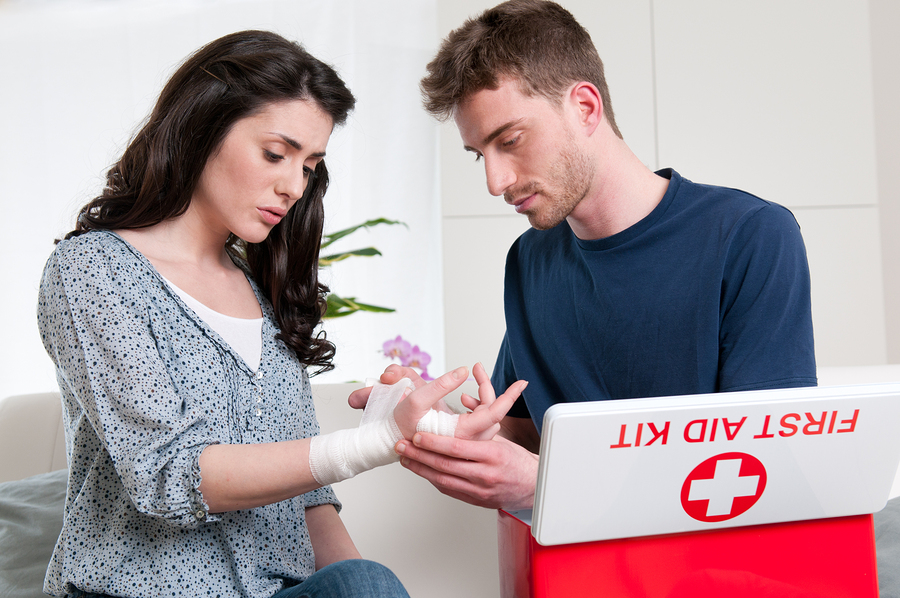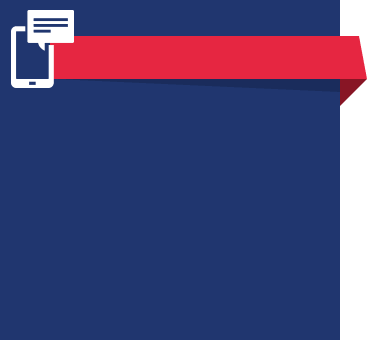Putting Together a Basic First Aid Kit
 With a well-stocked first aid kit that is easily accessible when you need it, you’ll have everything necessary to respond effectively to common, minor injuries. While basic first aid kits are widely available at drug stores, it’s best to put together your own. That way, you can include items that are specific to your family’s needs and activities.
With a well-stocked first aid kit that is easily accessible when you need it, you’ll have everything necessary to respond effectively to common, minor injuries. While basic first aid kits are widely available at drug stores, it’s best to put together your own. That way, you can include items that are specific to your family’s needs and activities.
Along with a general first aid manual, here are some basic medications, supplies, and other emergency items that you should consider keeping on hand in your first aid kit:
- Any medications that you or any family members are currently taking
- Auto-injector of epinephrine, if prescribed by a doctor
- Pain relievers, such as ibuprofen, acetaminophen, and aspirin
- Cough and cold medications, including nasal decongestants
- Anti-diarrhea medication
- Anti-nausea medication
- Laxatives for constipation
- Antacids for upset stomachs
- Antihistamines for allergies and swelling
- Hydrocortisone ointment for itching
- Calamine lotion for stings and poison ivy rashes
- Aloe vera gel for minor burns
- Soap
- Hand sanitizer
- Thermometer
- Tweezers to remove ticks, stingers, and small splinters
- Suction device for flushing out wounds
- Antibiotic ointment
- Antiseptic solution, such as hydrogen peroxide
- Adhesive bandage strips and “butterfly” bandages in several sizes
- Nonstick sterile gauze roll or pads
- Adhesive tape
- Elastic bandages for wrapping knees, ankles, elbows, and wrists
- Triangular bandage for creating a sling
- Scissors for cutting gauze and tape
- Safety pins for securing bandages
- Aluminum finger split
- Eye shield
- Sterile eyewash solution, such as saline solution for contact lenses
- Instant cold pack
- Sterile cotton balls and cotton-tipped swabs
- Disposable, non-latex gloves
- Petroleum jelly
- Flashlight with extra batteries
Additionally, you should create a list of emergency telephone numbers, including contact information for your family doctors, local emergency services, emergency road service providers, and the poison help line, which in the United States is (800) 222-1222. Periodically check your first-aid kit to add newly prescribed medications and replace any items that are expired or have been used up. Also, make sure that your children understand what the first aid kit is for and know where it is kept.
If you have questions about basic first aid or what to include in your first aid kit, please feel free to contact or visit South Tampa Immediate Care. No appointments are ever necessary to see a doctor at our walk-in clinic.













